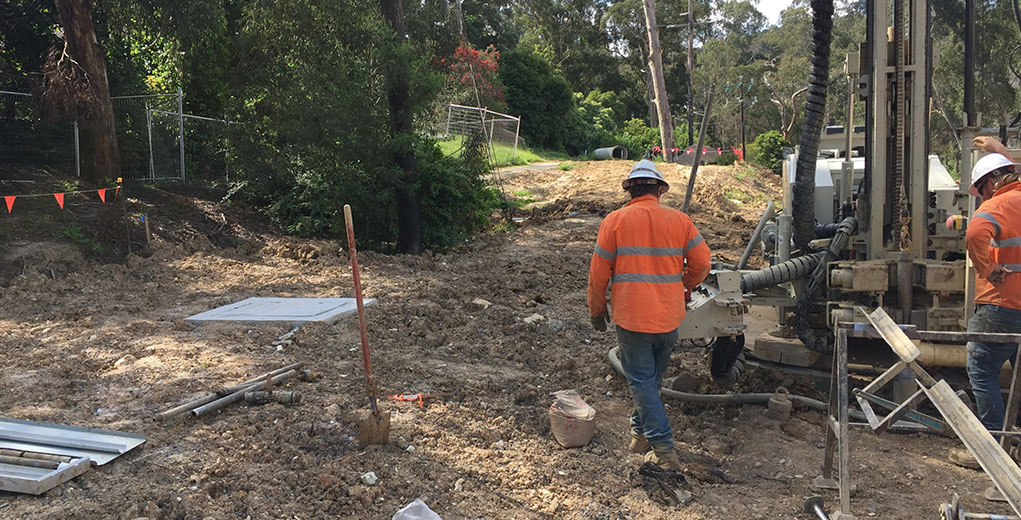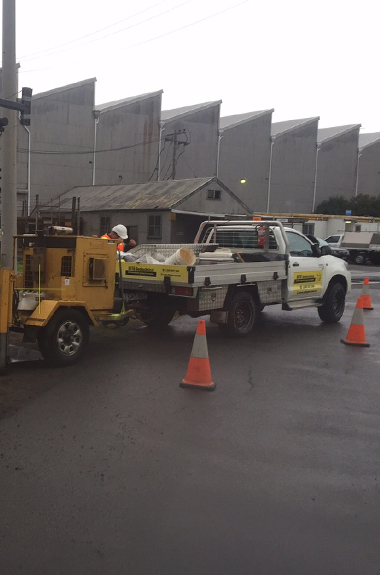To allow comparison of the achieved field compaction with a laboratory reference density, it is necessary to be able to reliably determine the achieved field density and moisture content. The commonly used methods for assessing field bulk density is the nuclear density gauge (AS 1289.5.8.1), but moisture content usually is measured in the laboratory. Indirect measures of achieved compaction include penetrometer testing and test rolling using a water cart (or loaded truck) or smooth drum roller.
The Perth Sand Penetrometer (PSP) is often used to assess the density of clean sands, with the number of blows required to drive a blunt ended rod into the sand taken as an indicator of the relative compaction of the sands.
The Dynamic Cone Penetrometer (DCP) provides a similar correlation for all soil types.
In some circumstances visual appraisal (including test rolling, if appropriate), may override test results for relative compaction.
When carrying out earthwork supervision, the SITE Geotechnical team will perform and record the necessary testing for your project and undertake daily site visit records when undertaking level 1 supervision. Whether for a civil engineering or road construction project, building, infrastructure, or land development, our team can provide the thorough geotechnical investigations and detailed reports that you require.

